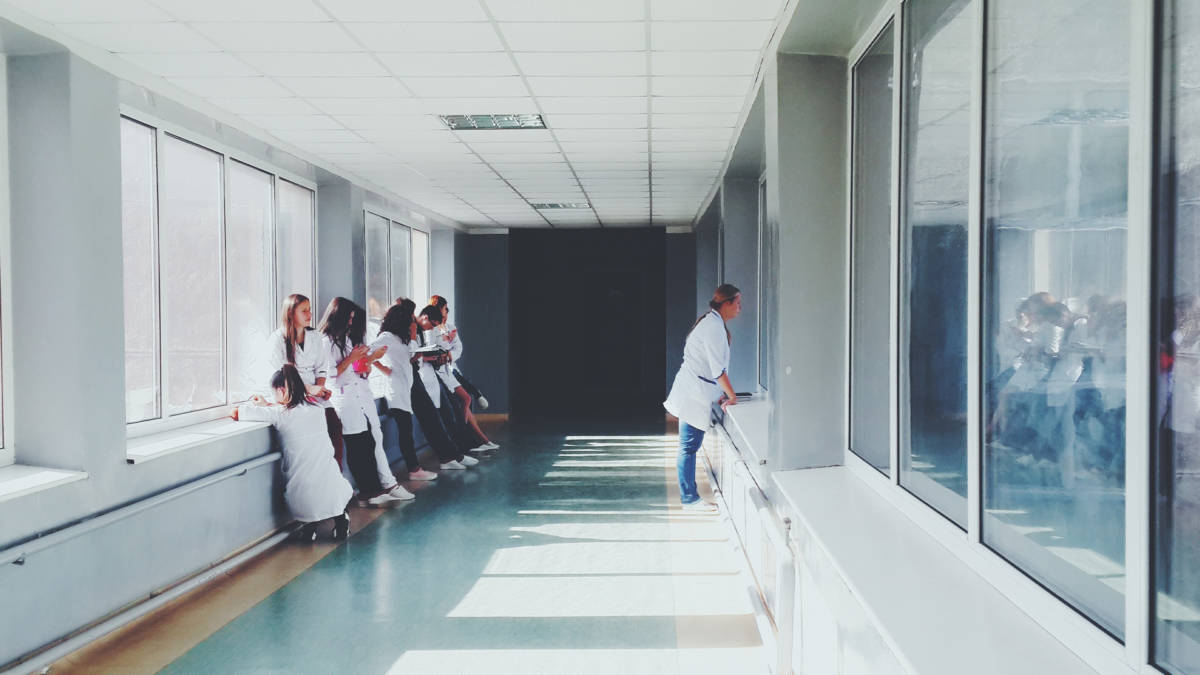#hopitaldufutur : Doctors in hospital and non-hospital settings: how will hospital and non-hospital medical practices be coordinated in 2040?
JBG : The new status of doctors working in hospitals and those practising in non-hospital settings has brought them closer together. For example, the new law on the organisation of the health system will encourage practising in both settings. Hospital doctors will be able to practise outside hospitals in a much more flexible way. Conversely, non-hospital doctors will be able to practise in health facilities, especially in local hospitals. Fees will be specially designed to ensure the long-term continuation and protection of general medical practice in local hospitals. It is easy to imagine that by 2040, the notion of hospital and non-hospital doctors will be a thing of the past. A single “doctor” status will make it possible to practise seamlessly inside and outside of hospitals, or even to carry out other activities in parallel.
The new law on the organisation of the health system will encourage practising in hospital and non-hospital settings
#hopitaldufutur: Connected doctors: will technology, robotics and AI impact the daily lives and roles of specialist doctors and surgeons?
JBG : AI is making tentative inroads in the health sector, especially in areas where it is very easy to find smart, useful applications. Imagery is a good example. We can imagine a surgeon controlling a dashboard like a pilot, with a lot of robots and AI applications acting as skilled workers performing the operations. New professions might appear: the medical technician for example, who would be in charge of ensuring that the robots function properly during operations, while doctors would devote their time to diagnosis, consultations, and developing a much deeper relationship with patients than the one that exists today.
We can imagine a surgeon controlling a dashboard like a pilot
#hopitaldufutur: Doctor and patient: the age of shared decision-making?
JBG : During their training, doctors are always alone with their peers, and patients seldom play a part. Little progress has been made in this domain, and shared decision-making is still quite a way off. Unfortunately, it’s often health disasters, such as the Médiator scandal or the Levothyrox crisis, that push patients’ rights forward. In future, we are likely to face environmental disasters that will have an impact on health, and which will lead to patients’ rights being more widely respected.
In future, we are likely to face environmental disasters that will have an impact on health
#hopitaldufutur: Doctors and hospitals: what will workspaces and wards look like in 2040? What kind of environment do you want in a hospital?
JBG : We’ll have hospitals that will be more and more focused on technical facilities and on technology that cannot be virtualised. Doctors will work on a technical platform one day a week, from their home office where they’ll be able to carry out on-line consultations and maybe take part in multi-disciplinary meetings in on-line meeting spaces and coworking spaces shared with other doctors, nurses or health professionals. The configuration of workplaces is likely to be transformed. The digital revolution, which has led to major changes in the world of work, has not yet fully impacted hospitals and the health sector. What we’re seeing today in the tertiary sector, namely the creation of coworking spaces and the widespread use of teleworking, is likely to spread to the health sector in the future.
Synthesis of the conversation #1, october 9, 2019.
The creation of coworking spaces and the widespread use of telemedecine are likely to spread to the health sector


